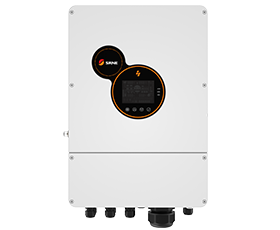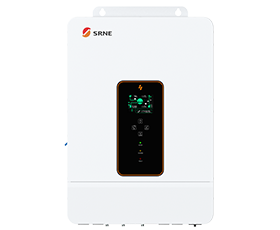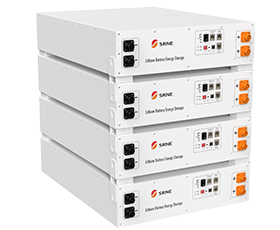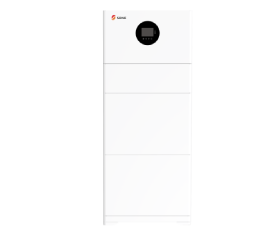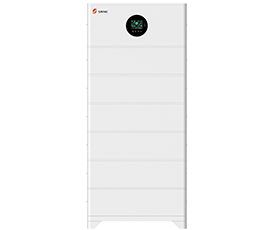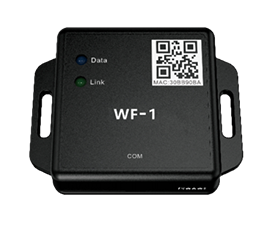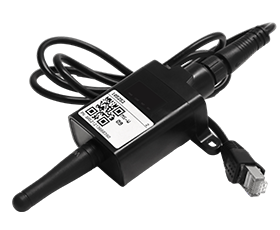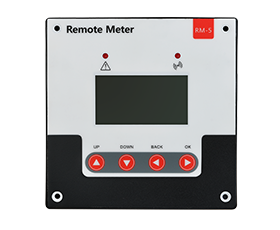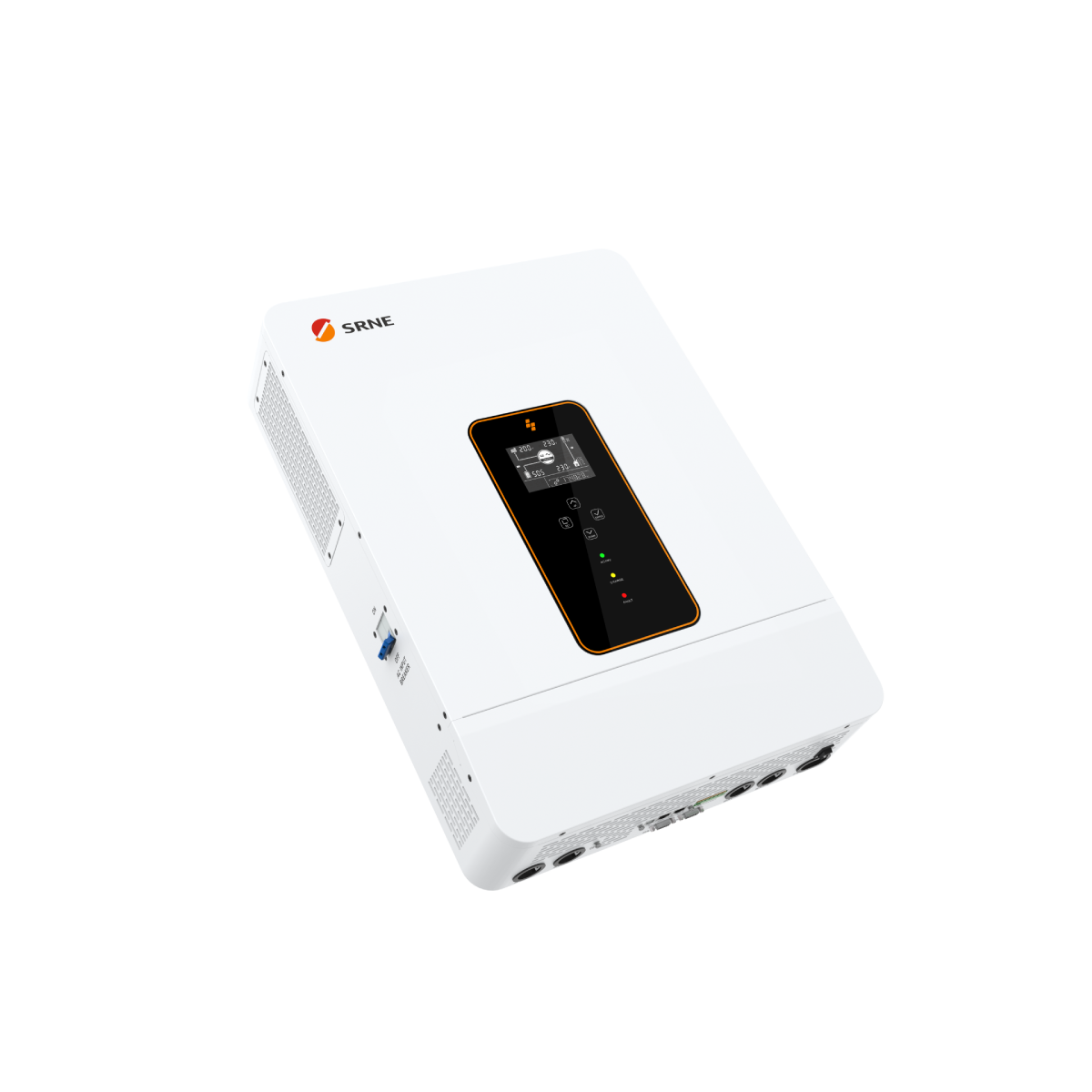Why lithium iron phosphate batteries are used for energy storage
The future of energy storage relies on pushing the envelope. Finding an efficient battery energy storage system is a major consideration for anyone who prepares to go to off-grid or capitalize on the growing trend towards home solar energy use. Batteries are able to store energy generated by solar panels during the day and then provide it back at night, during a grid outage, or even months later on a cloudy day. Such batteries are called storage battery.
Storage battery refers to the batteries that are used in solar power generation devices, wind power generation devices and other renewable power generation devices for energy storage. The storage battery does not fluctuate as much as the power battery when it supplies power to the other device. The output of the storage battery is relatively stable. Generally, the discharge current is small and the discharge time is long.
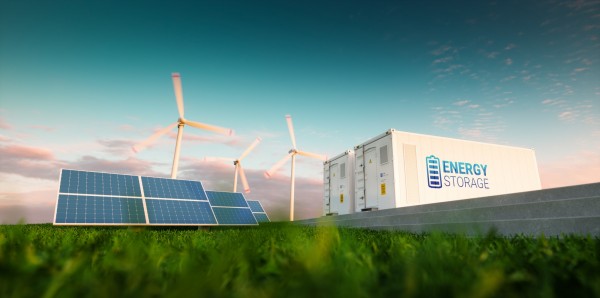
The Characteristics of Storage Battery
Storage Battery is supposed to have the following features:
1. It should operate normally in the environment with temperature range between -30℃ to 60℃.
2. It should have good low-temperature performance, which means that it can work normally even in the regions with quite low temperature.
3. It should maintain capacity consistency when it is used in series or in parallel.
4. It should have a good charge acceptance ability. It should perform well in an unstable charging environment.
5. It should have a long service life and low maintenance cost, which reduce the total investment cost.
In short, we need battery solutions that have greater capacity, a high power potential, a longer lifespan, are sustainable, safe, and fit into the needs and wants of today’s conscientious consumers. Recent years have seen a growing preference for lithium-based and lithium-ion batteries for energy storage solutions as a sustainable alternative to the traditional lead-acid batteries. As technology has advanced, a new winner in the race for energy storage solutions has emerged: lithium iron phosphate batteries (LiFePO4).
Advantages of Lithium Iron Phosphate Battery
Lithium iron phosphate battery is a type of lithium-ion battery that uses lithium iron phosphate as the cathode material to store lithium ions. LFP batteries typically use graphite as the anode material. The chemical makeup of LFP batteries gives them a high current rating, good thermal stability, and a long service life. Let’s explore the many reasons that lithium iron phosphate battery is the future of solar energy storage.
Safety
Perhaps the strongest argument for lithium iron phosphate batteries over lithium ion is their stability and safety. In solar applications, the storage batteries are often housed in residences or highly occupied office buildings. Therefore, safety is an extremely important factor to consider.
Lithium iron phosphate batteries are virtually non-combustible, even when handled incorrectly. The less toxic nature of lithium iron phosphate batteries also mitigates the risks of allergic reactions, accidental poisoning and other medical hazards.
Battery Service Life
Lithium iron phosphate batteries have a life cycle two to four times longer than lithium-ion. This is in part because the lithium iron phosphate option is more stable at high temperatures, so they are resilient to over charging. Additionally, lithium iron phosphate batteries can be stored for longer periods of time without degrading.
As we know, solar panels and energy management systems generally have a life cycle of up to 20 or 30 years. A battery that remains efficient after more cycles will better match the lifespan of the solar power system as a whole.
Cost
Consumers and manufacturers really care about the cost. Luckily, in addition to all of the practical benefits of lithium iron phosphate batteries, they are also the more economical option.
There are a few reasons for this. The raw materials in lithium iron phosphate batteries are less rare, and therefore less expensive, than the cobalt in lithium-ion batteries. Second, the materials in lithium iron phosphate batteries are safer to handle, so they are easier and cheaper to manufacture. And finally, the longer life-cycle of LiFePO4 batteries save the money for consumers, since the battery has to be replaced less often.
Environmental Impact
Lithium iron phosphate batteries are built with non-toxic materials: iron, graphite and copper. They are easily recyclable, even able to be repurposed as new batteries. In fact, recycled batteries are already available to consumers looking to lessen their environmental impact.
The longer lifespan of lithium iron phosphate batteries naturally makes them better for the earth. Manufacturing new batteries takes energy and resources, so the longer they last, the lower the overall carbon footprint forms.
Discharge Rate
Lithium iron phosphate batteries have the added advantage of a steady discharge rate. When needed, they can also discharge at a higher rate than lithium-ion batteries. This means that when the power goes down in a grid-tied solar application and multiple appliances come online all at once, lithium iron phosphate backup batteries will handle the load without complications.
Whether you’re looking to expand on a current solar project or start a new one, a battery storage system is going to be a critical part of building your commitment to renewable energy and grid independence. With a longer shelf life, less environmental impact, higher stability, better performance and lower cost, lithium iron phosphate batteries offer the best path forward.





















